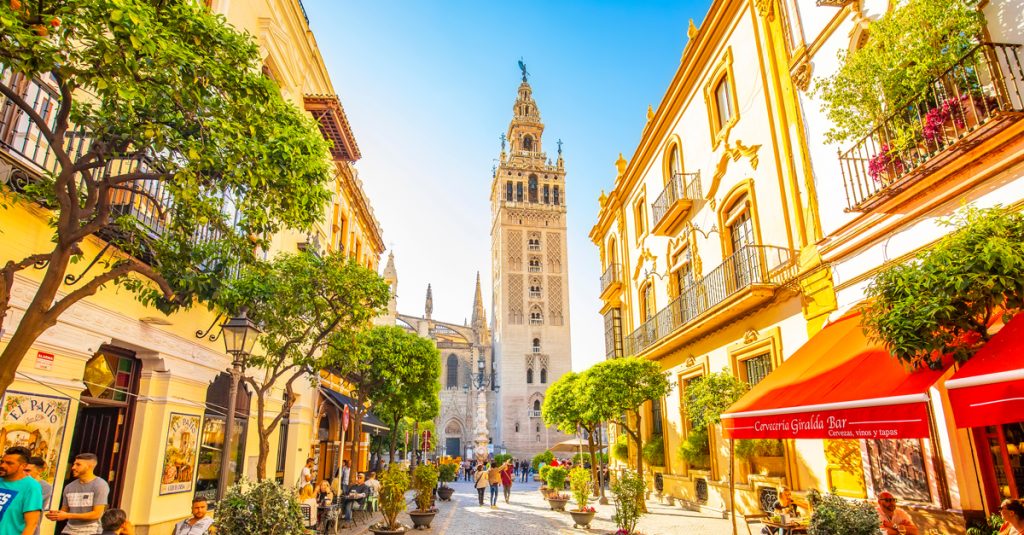European tourism showed remarkable resilience in 2023. Despite economic pressures, the sector neared pre-Covid levels by year’s end.
Powered by intra-European travel, the industry demonstrated adaptability, with forecasts suggesting further growth in 2024.
Resilient Growth in European Tourism
In the closing months of 2023, European tourism nearly returned to its pre-Covid levels. Despite widespread inflationary pressures, the European Travel Commission (ETC)’s data indicates a promising recovery trajectory. Foreign tourist arrivals were only 1.6% below those of 2019, while overnight stays saw a slight dip of 0.6%. This comeback demonstrates a strong demand across the continent, which is anticipated to persist into 2024.
Strong intra-European travel, mainly from countries like Germany, France, and the Netherlands, has powered this recovery. Long-haul travels have also seen a rebound, although at a varied pace across regions such as Asia-Pacific and North America.
Impact on European Economies
Miguel Sanz, the president of the ETC, highlighted the economic benefits from this surge in travel demand. “The high travel demand seen in 2023 provided a significant boost to European economies,” he noted, underscoring the role this plays in aiding tourism companies still grappling with the financial impacts of previous travel restrictions.
He also pointed out the potential pressure to expedite sustainable development in the travel industry as it returns to pre-pandemic levels. Sanz emphasized the ETC’s commitment to developing new metrics to monitor social and environmental factors affecting tourism.
Regional Variations and Recovery
Southern European destinations showed remarkable resilience at the tail end of 2023. With favourable weather extending the tourist season, countries such as Serbia and Portugal saw significant increases in tourist arrivals compared to 2019.
Serbia led with a 15% increase in arrivals, followed by Portugal at 11%, Montenegro at 10%, Türkiye at 9%, and Malta at 8%. These destinations attracted travellers with their affordable costs and all-inclusive holiday packages, appealing to price-sensitive tourists.
In contrast, Eastern European countries bordering Russia experienced a more sluggish recovery. Notably, Lithuania, Latvia, Estonia, and Finland reported decreases in tourist arrivals, indicating regional disparities within Europe.
Inflation and Travel Costs
The report also drew attention to inflation’s role, noting a 23% increase in tourism-related costs in the last quarter of 2023 compared to the same period in 2019. Expenses for international flights increased by 49%, package holidays by 47%, and hotel prices by 35%.
Despite these financial strains, the appetite for travel remained robust. For many, the desire to explore outweighed the increased costs, pointing to a resilient travel demand that persists despite economic challenges.
Long-Haul Travel Trends
While long-haul travel is recovering, disparities exist across different regions. Arrivals from China remain significantly lower, at 67% below pre-pandemic levels, suggesting a slower recovery trajectory.
Conversely, the United States and Canada have demonstrated a significant recovery in traveller numbers, with many European destinations reporting increased arrivals and overnight stays. This ongoing growth contributes positively to the overall tourism landscape.
The ETC anticipates the Chinese market to recover further, projecting arrivals to reach 39% below 2019 numbers, indicating gradual improvements in long-haul travel dynamics.
Sustainable Tourism Developments
The ETC report stresses the need for a sustainable transition in tourism, given the rapid return to pre-pandemic activity levels. Many tourism strategies are being adjusted to account for the industry’s environmental and social impacts.
As European tourism recovers, new indicators are being developed to guide its sustainable growth. These tools will help measure tourism’s impact on local communities and environments, aiming for a balanced approach that fosters economic benefits while preserving the natural and social resources.
Conclusion
The resurgence to near pre-Covid levels of tourism in Europe highlights the sector’s resilience and adaptability. Strong intra-European travel has played a crucial role, with external markets also showing signs of recovery.
While challenges such as inflation and regional disparities persist, the overall outlook for European tourism remains positive. The incorporation of sustainable practices is imperative to ensuring continued growth and success in the coming years.
Tourism in Europe has neared its pre-pandemic strength, showcasing resilience.
Intra-European travel and recovery in external markets underpin optimistic industry forecasts.

